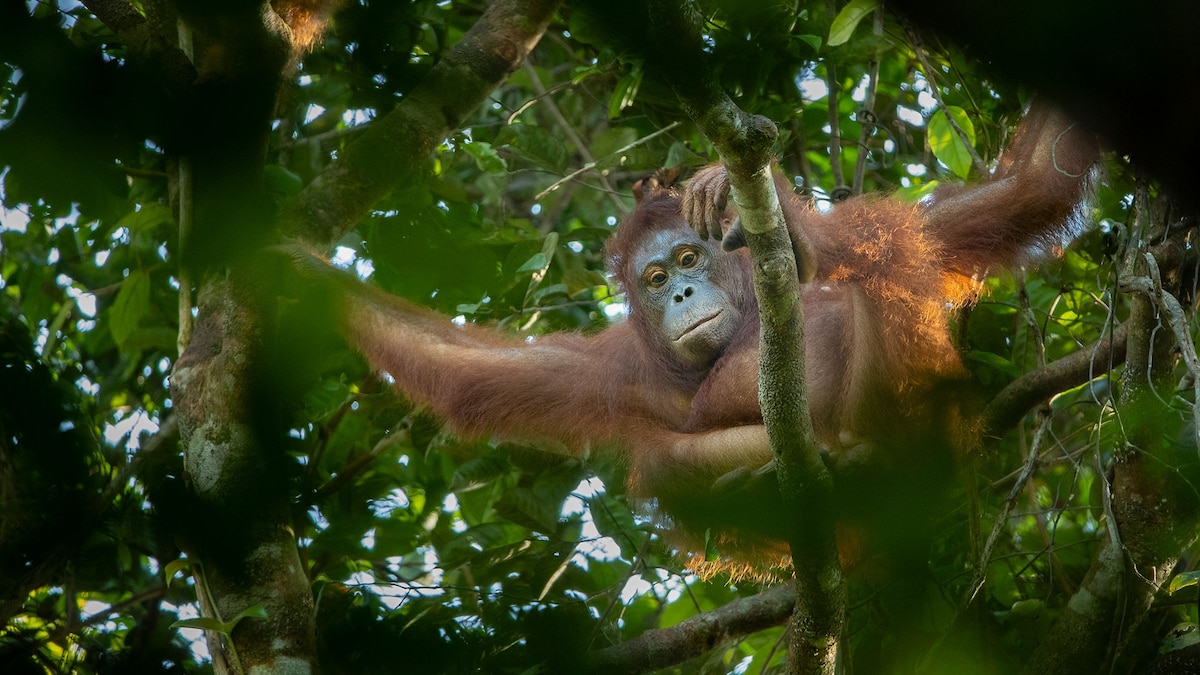For her dissertation work in Knott’s group, Scott wanted to learn about paternity among the park’s orangutans. By analyzing DNA samples, she discovered that Rossa wasn’t Ronnie’s mother—she was her half-sister. Rossa and Ronnie shared a mom named Veli, who hadn’t been seen since 2016.
Veli had a daughter, Vanna, who was 4 years old when the research team last spotted the pair. Now, comparing their genetic samples, Scott realized that Vanna and Ronnie were actually the same orangutan. When Ronnie was first spotted with Rossa in 2017, the older sister must have been about 12 years old, and the younger sister would have been 5.
Scott, now at Smith College, says she felt like a detective putting the clues together. “It was really fun,” she says. “And then it made so much sense.”
At some point, Veli must have died, perhaps of old age. The two sisters reunited. And Rossa began treating Ronnie like a daughter.
“For this to be the first published account of adoption in orangutans is really exciting,” says Rachna Reddy, a biological anthropologist at the University of Utah and fellow at the Harvard Radcliffe Institute, who was not involved in the study. “Even though we’ve been studying apes in the wild for many years, there’s still so much we don’t know about them.”
